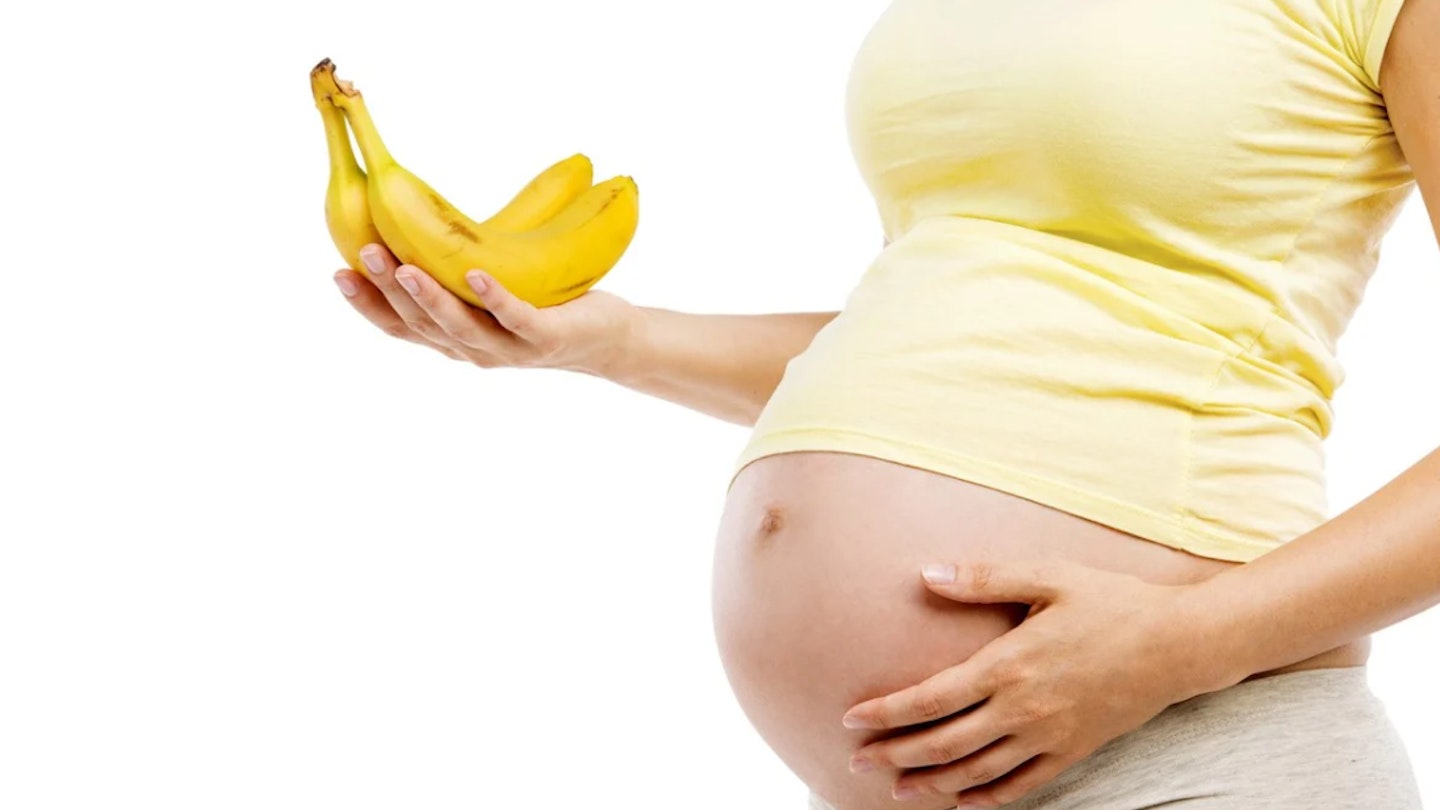At twenty weeks pregnant, you’ll be getting ready for your next scan, and your baby’s bones are getting stronger. Find out more about what your baby and body is doing and the common symptoms to look out for at 20 weeks pregnant.
How big is my baby at 20 weeks pregnant?
Your baby is now about six and a half inches, or about the size of a banana if we keep up with the fruit analogies!

Your frequently asked 20 week questions answered by your midwife and doctor
Alison Quincey-Brooke, Midwife of 24 years says: "As the pregnancy develops women can get some abdominal discomfort. One common question through pregnancy is 'when will I feel my baby moving?' and good news, fetal movements become more marked at 20 weeks. You can even help give them a nudge too. Some women can start to get heartburn, constipation, varicose veins and pelvic girdle pain, from this stage.
What to expect and advice at 20 weeks pregnant
 1 of 8
1 of 81) Heartburn and indigestion
Yep, it’s still very much a problem, and unfortunately, it’s set to stay as your bump gets bigger. Try eating smaller meals, not lying down after meals and chewing sugarless gum after mealtimes to alleviate the symptoms.
 2 of 8
2 of 82) Headaches
Another normal side effect of pregnancy, be sure to take regular breaks to get fresh air and talk to your GP if they are too persistent.
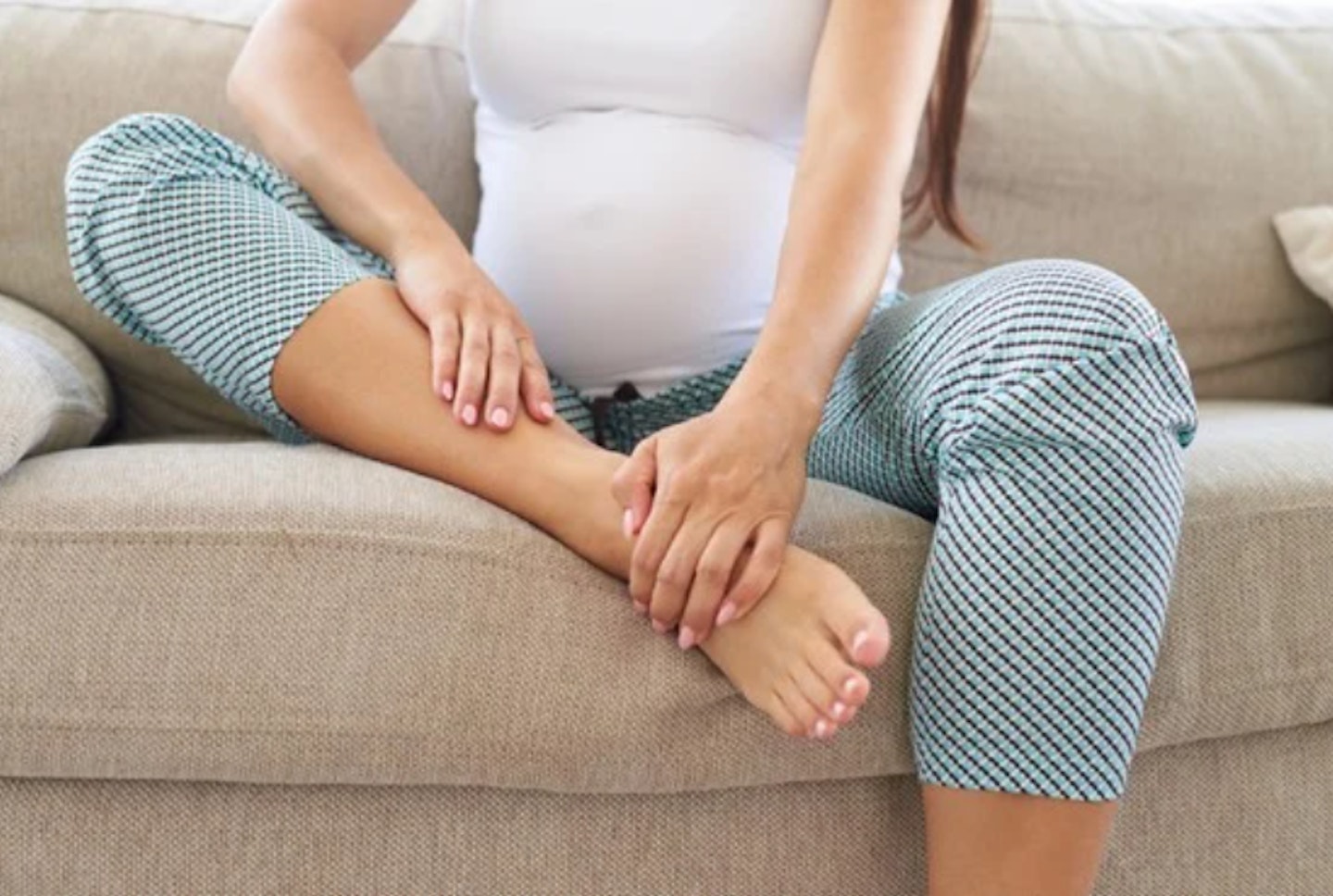 3 of 8
3 of 83) Leg Cramps
We’re still not sure why this happens during pregnancy, but if those shooting pains are waking you in the night, try and put your feet up more during the day and make sure you’re drinking plenty of water.
 4 of 8
4 of 84) Edema
If your feet and ankles look like you’ve just got off a long-haul flight, you’re suffering with edema – basically water retention in your ankles and feet. Don’t do a Victoria Beckham – ditch those heels and make sure your shoes are comfy and not too tight. Also, if you can avoid wearing tight socks or tights as these can cut off the blood flow and make the swelling worse.
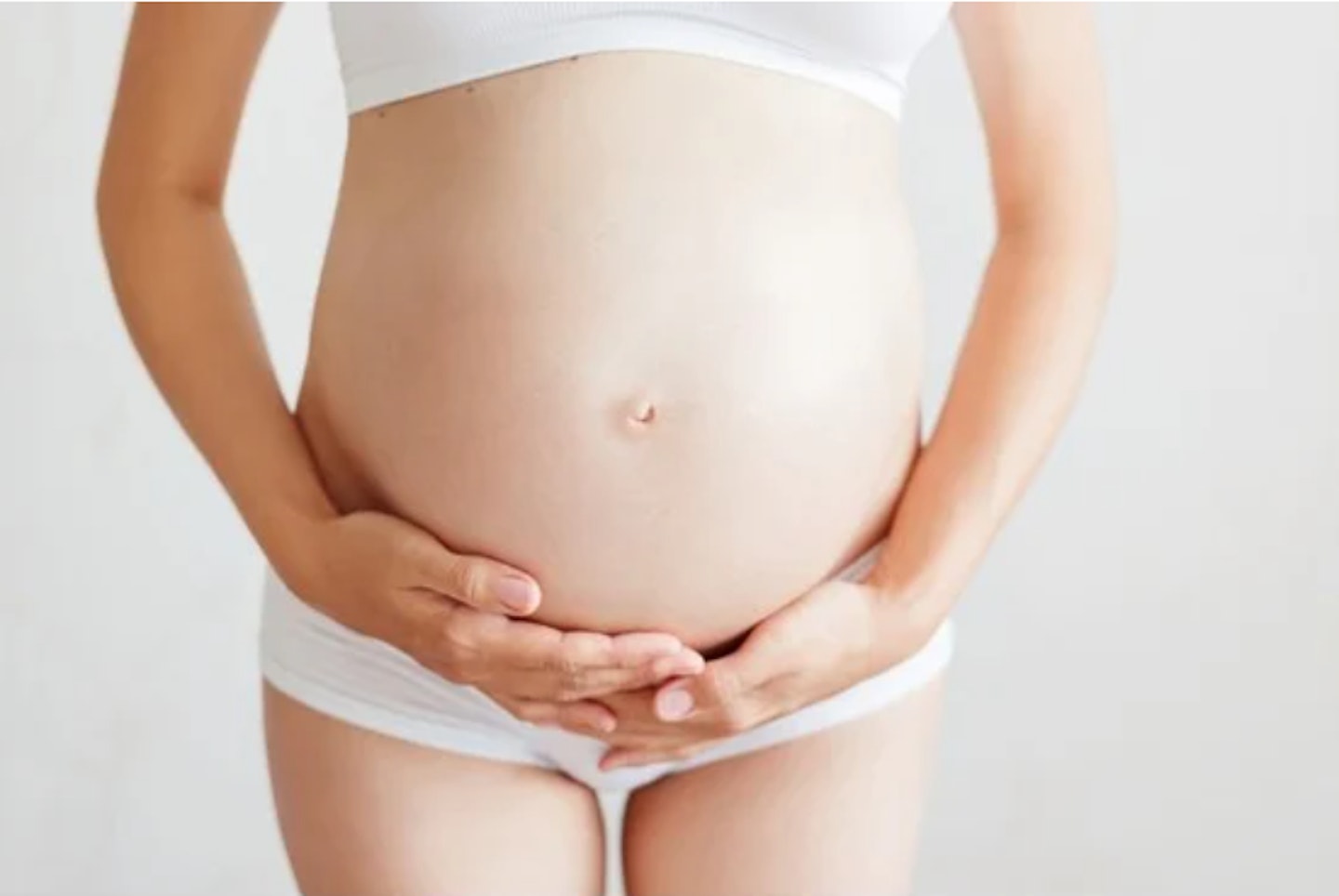 5 of 8
5 of 85) Your belly button changes
You knew it was going to happen, but in the next few weeks your innie is probably going to become an outie as your uterus pushes your abdomen forward. Don’t worry – it will go back to normal after you give birth.
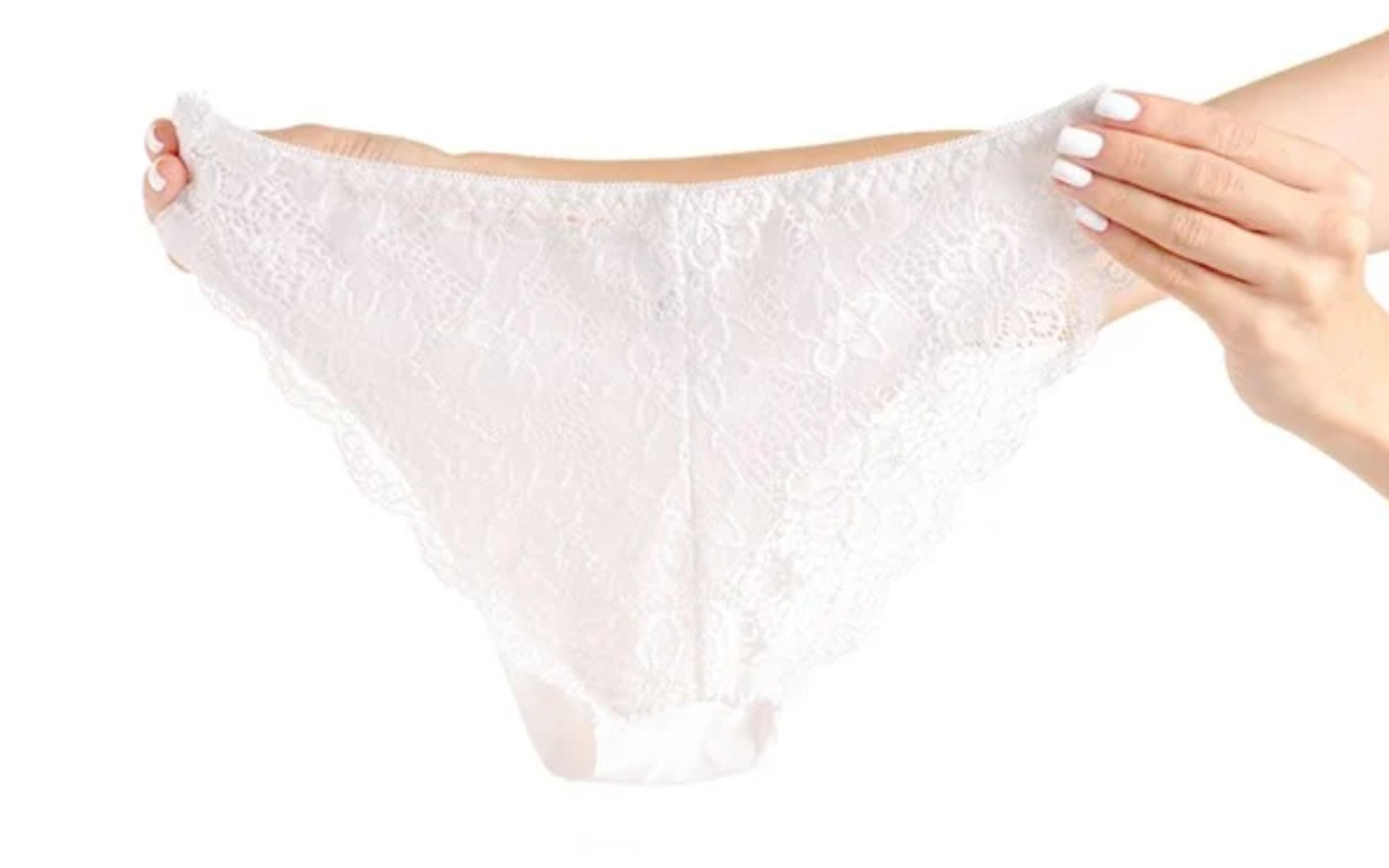 6 of 8
6 of 86) Vaginal discharge
Irritatingly, this unpleasant side effect is going to increase right up until birth. It is your body trying to keep bacteria away from that area of your body. If there are any dramatic or worrying changes, let your doctor now.
 7 of 8
7 of 87) High energy
It is one of those rare positive symptoms! Enjoy the increase in energy you might be feeling, coupled with an increased libido as this will falter again in the third trimester.
 8 of 8
8 of 88) Shortness of breath
As your uterus grows, it can push against your lungs which might lead to shortness of breath. This symptom will be made worse if you are pregnant with twins. Make sure to relax where possible and do not over exert yourself.
What’s my baby doing at 20 weeks pregnant?
This week, if you want to, you’ll be able to find out whether your little banana-sized baby is a boy or a girl in your 20-week scan. If you’re carrying a little girl, she’ll already have seven million primitive eggs in her ovaries, this will be down to two million when she’s born. If you’re carrying a boy, his testicles will start moving from his abdomen this week.
At 20 weeks, your baby’s growth spurt means their arms and legs have lengthened in the last few weeks and they are starting to look more and more like a baby every day! Their internal organs, such as the lungs, digestive system and immune system are all growing and developing and their bones are getting stronger.
Everything you need to know about your 20-week scan:
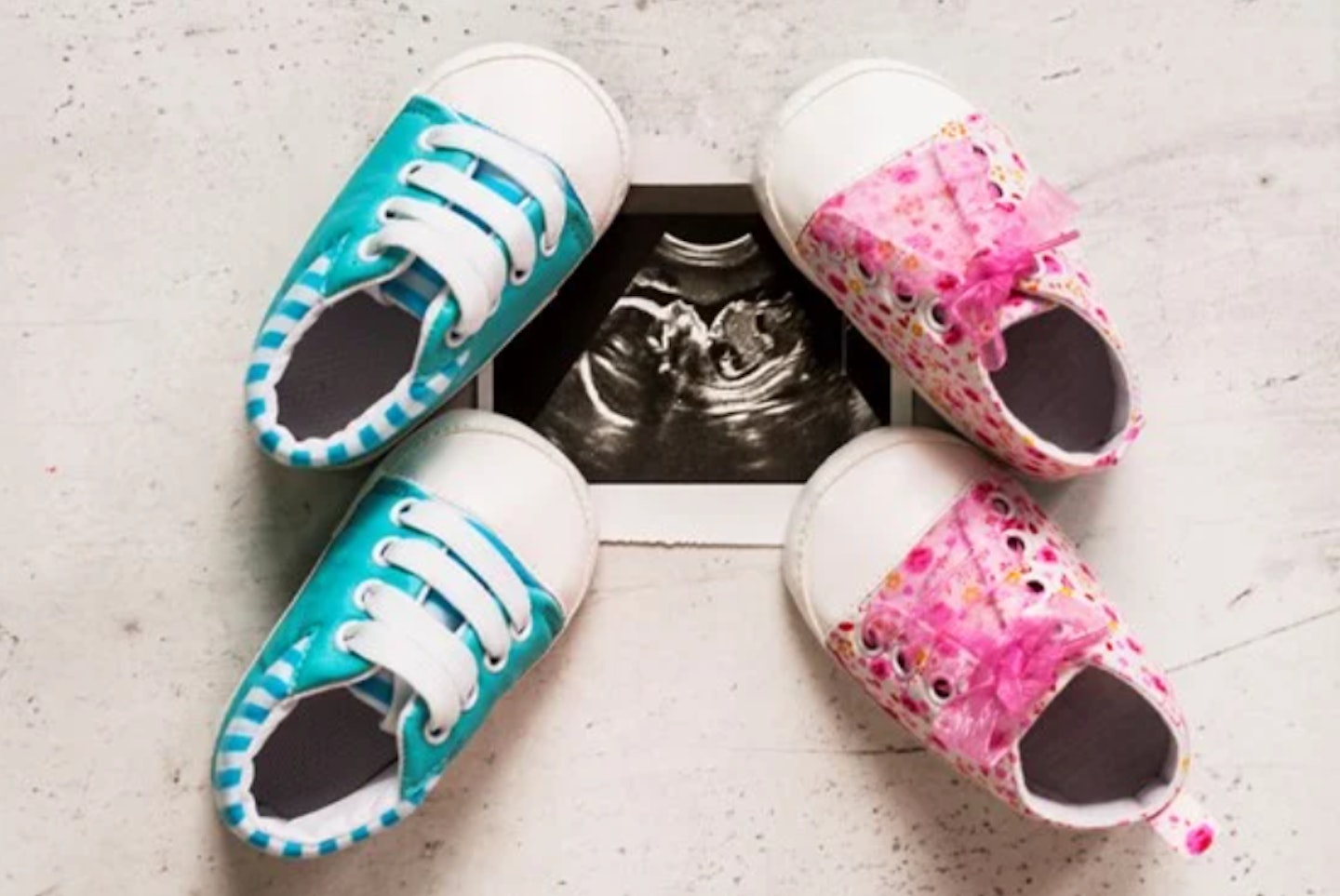
Now for the exciting part, 20 weeks means it’s time to see your baby on ultrasound again at your anomaly scan. Your little one will be much more developed than at the last scan, and if you want, you can ask your sonographer to tell you if it’s a boy or a girl. This decision is completely up to you and is one worth thinking carefully about.
The anomaly scan also checks your baby’s heartbeat, the structure of her abdomen, the head, the spine, the brain and the volume of amniotic fluid. The sonographer will also take detailed measurements of your baby’s bones, to ensure everything is as expected.
Once the scan is complete, you can usually take a printout home with you.
What is my body doing at 20 weeks pregnant?

Up until this point in your pregnancy, your placenta has weighed more than your baby, but from this point onwards, your baby will overtake it in weight. However, the placenta is still going to carry on growing and will have trebled in size by the end of your pregnancy.
Whilst we’re talking about the placenta, it will be something your sonographer checks during your scan this week. A placenta positioned close to or covering your cervix and the opening to the womb, known as placenta praevia, can cause difficulties when it comes to giving birth. Luckily, as your uterus grows, it can pull the placenta up and away from the cervix, so even if you have a low-lying placenta now, it could sort itself out by the time you give birth, so don’t panic!
Now you are pretty much at the halfway point, you’ll be feeling your baby more and people will probably be noticing your baby bump. You might also notice your hair and nails are growing faster than normal – this is one of the benefits of those pregnancy hormones.
What to do this week
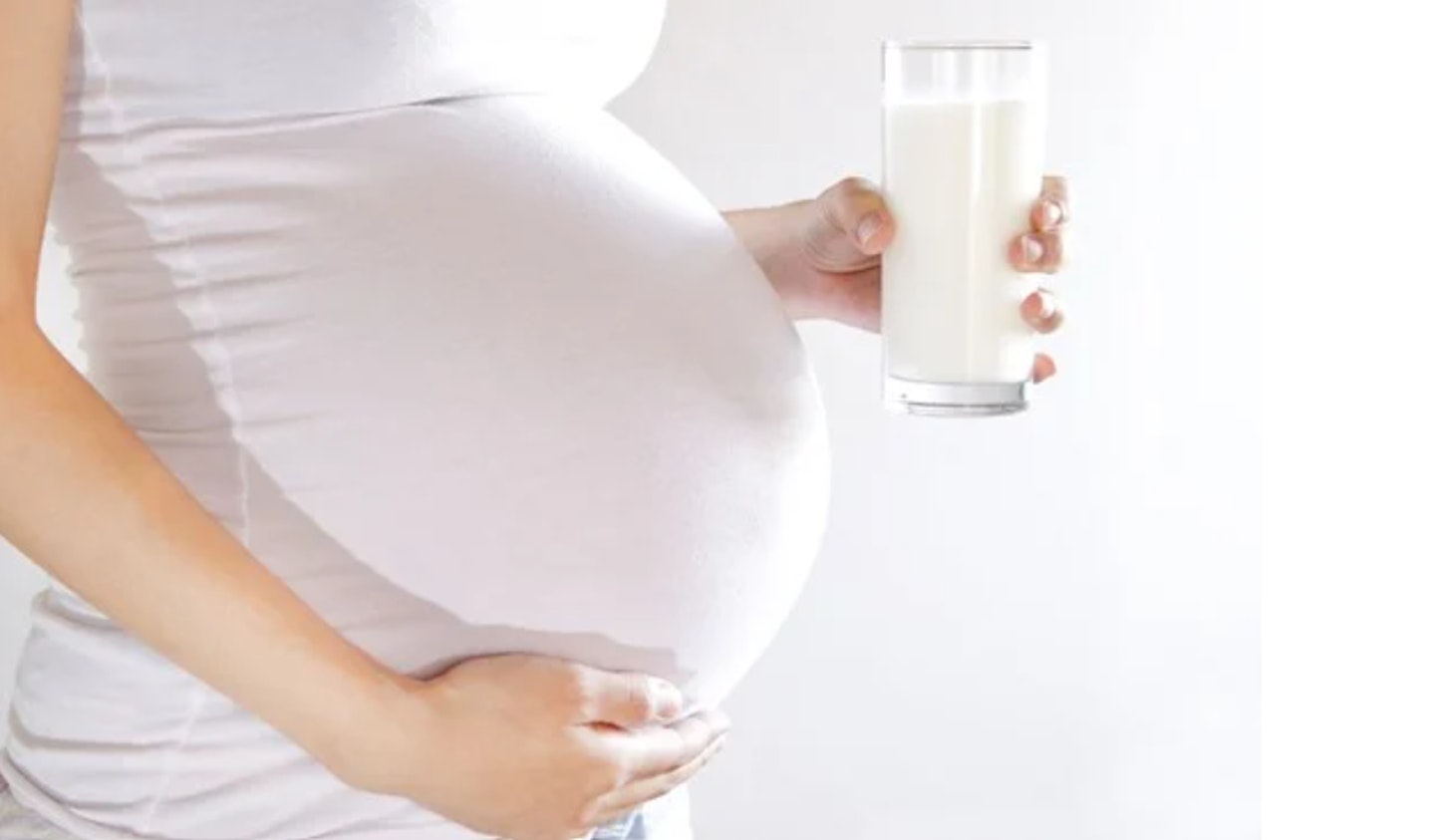
Make sure you’re getting enough calcium: If your baby were to have an X-ray, her skeleton would show up more clearly because more calcium has been deposited within her bones. Help her along by including plenty of calcium-rich foods in your diet!
Do some light stretches: Taking up a pilates classcan be a great way to strengthen and get key muscles working properly in preperation for labour. It can even help your mood and immune system!
Take a break from sitting: If you spend a lot of hours sitting at work, it's quite easy to become stiff, so take at least a 5 or 10 minute break every hour to stretch your legs - even if it's just a little walk around the office or get a glass of water!
Fill out your MAT B1 form: You should automatically be given your MAT B1 form around the time of your 20-week scan. This is the form that will allow you to be paid your maternity pay and benefits. Read more here about the form here and why it's so important to get it filled out.
Have approx 60 seconds to spare? Why not join thousands of mums-to-be and start your very own Amazon baby wish list! They're absolutely free to create and perfect to send to the friends, aunties and your mum to make sure you're getting the baby products you really need...Click here!
